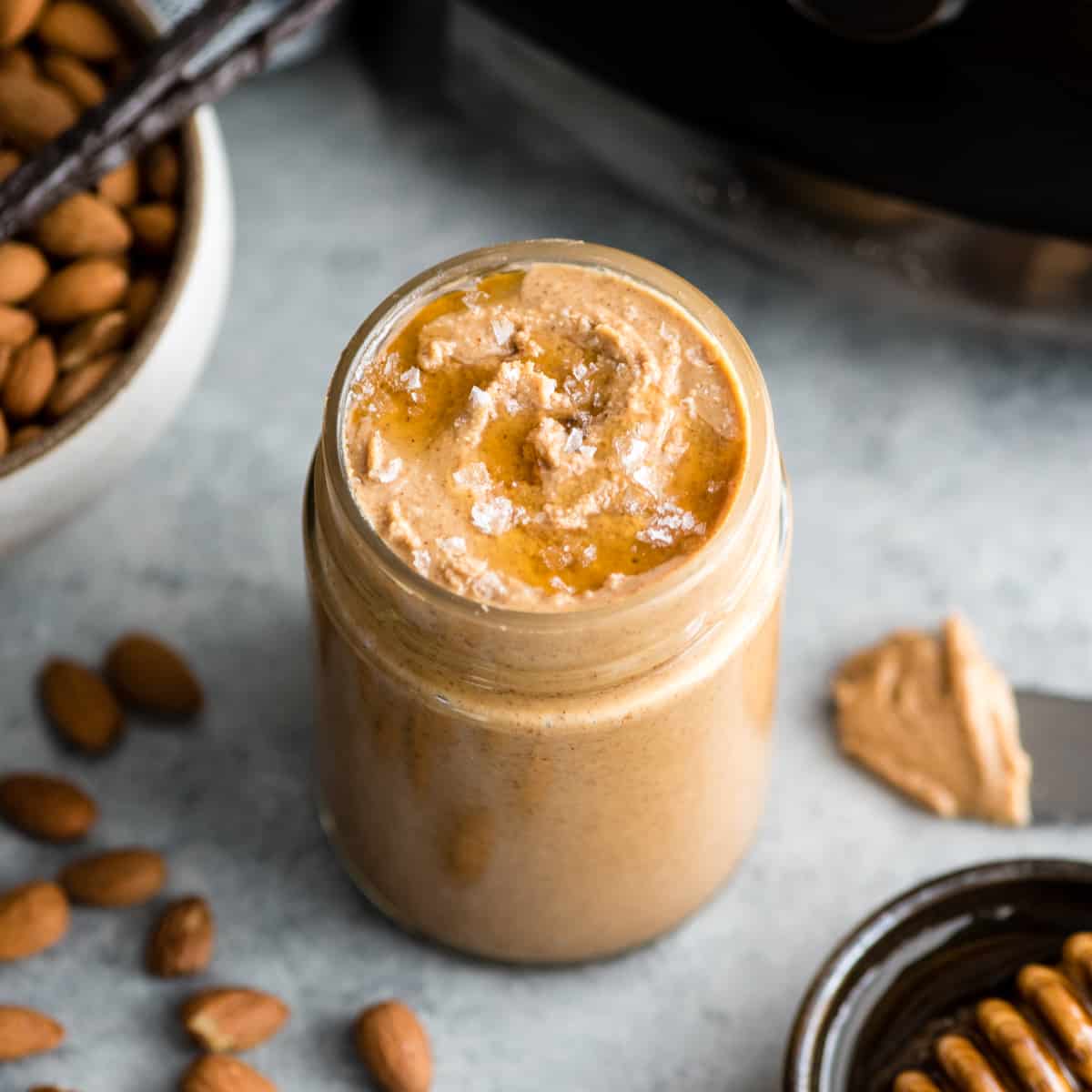

Articles
How To Store Almond Butter
Modified: February 27, 2024
Discover the best ways to store almond butter and keep it fresh for longer with these helpful articles. Find expert tips and tricks to maintain its flavor and texture.
(Many of the links in this article redirect to a specific reviewed product. Your purchase of these products through affiliate links helps to generate commission for Storables.com, at no extra cost. Learn more)
Introduction
Welcome to the world of almond butter! If you’re a fan of this creamy and nutritious spread, you probably know that finding the perfect jar is just the beginning. Storing almond butter properly is crucial for maintaining its freshness and flavor. Whether you’re a first-time buyer or a seasoned almond butter aficionado, this article will provide you with valuable tips and insights on how to store almond butter effectively.
Almond butter is a popular alternative to traditional peanut butter, offering a rich and nutty flavor that is loved by many. It is packed with essential nutrients, including healthy fats, protein, fiber, vitamins, and minerals. Incorporating almond butter into your diet can contribute to improved heart health, weight management, and overall well-being.
When it comes to buying almond butter, the options can be overwhelming. From natural and organic varieties to flavored or crunchy options, there is something to suit every palate. However, regardless of the brand or type of almond butter you choose, proper storage is key to maintaining its freshness and preventing spoilage.
The way you store your almond butter can greatly impact its taste and texture. Exposure to heat, light, and air can cause the oils in almond butter to go rancid, resulting in a less appealing flavor and aroma. Additionally, improper storage can lead to separation, where the oil separates from the solid components of the butter, making it difficult to spread.
So, let’s dive into the details of how to store almond butter properly to ensure that it stays delicious and enjoyable for an extended period of time. We’ll explore the different storage options and provide you with tips to maintain the freshness and quality of your almond butter.
Key Takeaways:
- Properly storing almond butter is essential to maintain its freshness and flavor, whether in the pantry, refrigerator, or freezer. Follow these guidelines to enjoy delicious and nutritious almond butter for longer periods.
- Choose high-quality almond butter with minimal ingredients, store it in a cool, dark place, and use clean utensils to maintain its freshness and enjoy its numerous health benefits.
Read more: How To Store Homemade Almond Butter
Benefits of Almond Butter
Almond butter is not only a delicious and versatile spread, but it also offers a wide range of health benefits. Here are some of the top benefits of including almond butter in your diet:
- Rich in Nutrients: Almond butter is packed with essential nutrients, including healthy fats, protein, fiber, vitamin E, magnesium, and potassium. These nutrients are important for maintaining overall health and well-being.
- Heart-Healthy: The monounsaturated fats found in almond butter have been shown to have a positive impact on heart health. They can help lower LDL cholesterol levels, reduce the risk of heart disease, and promote healthy blood vessel function.
- Weight Management: Despite its high calorie content, almond butter can actually aid in weight management. The combination of healthy fats, fiber, and protein helps keep you feeling full and satisfied, reducing the likelihood of overeating.
- Aids in Blood Sugar Control: Almond butter has a low glycemic index, meaning it has a minimal impact on blood sugar levels. This makes it a suitable choice for individuals with diabetes or those looking to regulate their blood sugar levels.
- Supports Bone Health: Almond butter is a good source of magnesium and calcium, which are essential for maintaining strong and healthy bones. Adequate intake of these minerals can help prevent the development of osteoporosis.
- Boosts Energy: The combination of healthy fats, protein, and fiber in almond butter provides a slow and steady release of energy. This can help keep you energized throughout the day and ward off feelings of fatigue.
- Promotes Skin Health: The vitamin E content in almond butter helps nourish and moisturize the skin, preventing dryness and enhancing overall skin health.
- Enhances Digestive Health: Almond butter is a good source of fiber, which aids in digestion and promotes a healthy gut. It can help prevent constipation and promote regular bowel movements.
With all these incredible benefits, it’s no wonder that almond butter has become a staple in many people’s diets. So, let’s explore how to choose the right almond butter to maximize these benefits while ensuring its freshness and longevity.
Choosing the Right Almond Butter
When it comes to choosing the right almond butter, there are a few factors to consider. With numerous options available on the market, it’s important to select a high-quality almond butter that suits your taste preferences and dietary needs. Here are some tips to help you make an informed choice:
- Read the Ingredients: Take a close look at the ingredients list on the almond butter jar. Ideally, you want to choose a brand that contains only almonds and perhaps a dash of salt. Avoid almond butters that contain added sugars, hydrogenated oils, or artificial additives.
- Consider Organic Options: If possible, opt for organic almond butter. Organic almond butter is made from almonds that have been grown without the use of pesticides, synthetic fertilizers, or genetically modified organisms (GMOs). This ensures a more natural and wholesome product.
- Go for Natural and Unsweetened: Look for almond butter that is labeled as “natural” and “unsweetened.” Natural almond butter is made solely from almonds, without any added oils or sweeteners. This allows you to enjoy the true, nutty flavor of the almonds.
- Choose Your Texture: Almond butter is available in different textures, including smooth, crunchy, and even mixed varieties. Consider your personal preference when selecting the texture of your almond butter. Smooth almond butter is great for spreading on toast or blending into smoothies, while crunchy almond butter provides a satisfying crunch.
- Check for Freshness and Expiry Date: Before purchasing almond butter, check the packaging for the expiry date. Ensure that the product has enough shelf life remaining and has been stored properly to maintain its freshness.
- Consider Packaging: Almond butter is typically sold in glass jars or plastic containers. While glass jars are more eco-friendly and can help preserve the flavor and freshness of the almond butter, plastic containers are lighter and less prone to breakage. Choose the packaging that best suits your needs and preferences.
By considering these factors, you can ensure that you choose a high-quality almond butter that aligns with your dietary preferences and provides optimal taste and nutrition. Now that you’ve selected your almond butter, let’s move on to the important topic of how to store it properly to maintain its freshness and quality.
Storing Almond Butter Properly
Proper storage is essential to maintain the freshness, flavor, and quality of almond butter. Here are the key factors to consider when storing almond butter:
- Protect from Heat and Light: Almond butter is sensitive to heat and light, which can cause the oils to go rancid and the flavors to deteriorate. Store your almond butter in a cool, dark place away from direct sunlight. Avoid placing it near appliances or areas that generate heat, such as the stove or the top of the refrigerator.
- Seal the Jar: Make sure the jar of almond butter is tightly sealed after each use. This will prevent air and moisture from entering the jar and help maintain the freshness of the butter. A tightly sealed jar will also minimize the chances of the almond butter becoming dry or hard.
- Avoid Contamination: To prevent contamination, always use a clean and dry utensil when scooping almond butter from the jar. Avoid double-dipping or using a utensil that has touched other food items, as this can introduce harmful bacteria or spoilage agents into the almond butter.
- Store in a Dry Environment: Moisture can compromise the texture and quality of almond butter. Therefore, ensure that the storage area is dry and free from excess humidity. Avoid storing the almond butter near the sink or in a damp pantry.
Now that you understand the basics of storing almond butter, let’s explore the specific storage options available to you, including storing it in the pantry, refrigerator, and freezer.
Storing Almond Butter in the Pantry
The pantry is a convenient and accessible place to store your almond butter, as long as you follow a few guidelines to maintain its freshness:
- Choose a Cool Location: Select a spot in your pantry that is away from the heat and sunlight. A cool and dark area will help preserve the quality and flavor of the almond butter.
- Keep Away from Varying Temperatures: Avoid storing almond butter near appliances that generate heat, such as the oven or stovetop. Fluctuating temperatures can cause the almond butter to spoil or lose its freshness more quickly.
- Use a Dark-Colored Container: If your almond butter comes in a clear glass jar, consider transferring it to a dark-colored, airtight container. This will provide an extra layer of protection against light exposure, extending the shelf life of the almond butter.
- Check for Rancidity Regularly: Almond butter can turn rancid if stored for too long, resulting in a stale or off-putting taste. Regularly check for any signs of rancidity, such as a sour or bitter smell or a change in color. If in doubt, it’s best to discard the almond butter.
Storing almond butter in the pantry can work well if you consume it within a few weeks to a couple of months. However, if you live in a warm and humid climate or your pantry is prone to temperature fluctuations, it may be better to store almond butter in the refrigerator for optimal freshness and longevity. Let’s explore the guidelines for storing almond butter in the refrigerator next.
Store almond butter in a cool, dry place, away from direct sunlight. Once opened, keep it in the refrigerator to prevent it from going rancid and to maintain its freshness for longer.
Read more: How To Store Almond Butter Once Opened
Storing Almond Butter in the Refrigerator
Refrigerating almond butter is an excellent option for prolonging its shelf life and maintaining its freshness. Here are some guidelines for storing almond butter in the refrigerator:
- Choose the Right Storage Container: Transfer the almond butter to an airtight container before refrigerating it. This helps to prevent moisture and odors from affecting the flavor and consistency of the almond butter.
- Keep it Away from Strong Odors: Almond butter can absorb strong odors from other foods in the refrigerator. To avoid flavor contamination, store the almond butter away from pungent or aromatic foods such as onions, garlic, or strong cheeses.
- Allow for Room Temperature Softening: Almond butter solidifies in the refrigerator, making it difficult to spread. To make it easier to use, let the almond butter sit at room temperature for a few minutes before spreading it on bread or adding it to recipes.
- Check for Proper Sealing: Ensure that the lid of the container is tightly sealed to prevent air from getting in. This helps to maintain the freshness of the almond butter and prevents it from drying out.
- Monitor for Frost and Ice: Refrigerators with a frost-free feature may lead to the formation of frost or ice crystals on the almond butter container. Periodically check the container for any signs of frost or ice and wipe it off if necessary to maintain the quality of the almond butter.
- Follow the Expiry Date: Almond butter, even when refrigerated, has a limited shelf life. Always check the expiry date on the original packaging and consume the almond butter before it expires.
Storing almond butter in the refrigerator helps to preserve its freshness and extend its shelf life. However, if you have a large quantity of almond butter or wish to store it for an extended period, freezing may be a suitable option. Let’s explore how to store almond butter in the freezer next.
Storing Almond Butter in the Freezer
Freezing almond butter is an effective method for long-term storage, allowing you to enjoy its freshness and flavor for an extended period of time. Here’s how to properly store almond butter in the freezer:
- Transfer to Freezer-Safe Containers: Transfer the almond butter to freezer-safe containers or resealable freezer bags. Be sure to label the containers with the date for easy reference.
- Remove Excess Air: Squeeze out any excess air from the container or freezer bag before sealing it. This helps prevent freezer burn and maintains the quality of the almond butter over time.
- Separate into Portions: Consider dividing the almond butter into smaller portions before freezing. This allows you to thaw only the amount you need, reducing waste and preserving the freshness of the remaining almond butter.
- Store Flat: Aim to store the containers or freezer bags flat in the freezer. This not only saves space but also helps the almond butter freeze evenly and prevents it from sticking to the container walls.
- Thawing Almond Butter: When you’re ready to use the frozen almond butter, transfer it to the refrigerator and allow it to thaw overnight. Once thawed, give it a good stir to redistribute any separated oils before using.
- Be Mindful of the Shelf Life: While almond butter can be safely stored in the freezer for several months, it’s best to consume it within six to eight months for optimal flavor and texture. Always check for any signs of freezer burn or deterioration before consuming.
By following these guidelines, you can effectively store almond butter in the freezer, ensuring its long-term freshness and quality. Now that you know how to store almond butter in different locations, let’s explore some tips for maintaining its freshness and flavor, regardless of where you choose to store it.
Tips for Maintaining Almond Butter Freshness
To ensure that your almond butter stays fresh and delicious throughout its shelf life, consider these helpful tips:
- Keep the Jar Upside Down: Storing the almond butter jar upside down can help prevent the natural oils from settling at the top. This can make it easier to mix the almond butter when you’re ready to use it and prevent any oily separation.
- Stir Well Before Use: Almond butter may naturally separate over time, with the oil rising to the top. Before using the almond butter, give it a good stir using a clean utensil to combine the oils and solids, ensuring a consistent texture and flavor.
- Avoid Double Dipping: To prevent contamination, always use a clean utensil when scooping almond butter from the jar. Double-dipping with a used spoon can introduce unwanted bacteria into the jar, shortening its shelf life and potentially causing spoilage.
- Use a Moisture-Free Utensil: Moisture can cause almond butter to spoil more quickly. When scooping almond butter from the jar, ensure that the utensil is dry to prevent any moisture from getting into the jar. This helps to maintain the freshness of the almond butter.
- Store in Smaller Jars: If you frequently use almond butter, consider transferring some of it into smaller jars for everyday use. This minimizes the exposure of the remaining almond butter to air and reduces the likelihood of spoilage.
- Don’t Contaminate: Prevent cross-contamination by avoiding spreading crumbs or other food particles into the almond butter jar. Always ensure that the jar’s rim is clean and debris-free before tightly sealing it.
- Avoid Using Wet Spoons: Moisture can lead to the growth of bacteria in almond butter. When using almond butter, ensure that the spoon is dry, especially if you’re using it to spread on bread or toast.
- Monitor the Shelf Life: Check the expiration date on the almond butter jar and adhere to it. While almond butter can last for months if stored properly, consuming it within the recommended timeframe ensures optimal freshness and taste.
By following these tips, you can maintain the freshness and quality of your almond butter, ensuring a delicious and enjoyable experience with every spoonful. Now, let’s wrap things up.
Conclusion
Properly storing almond butter is crucial for maintaining its freshness, flavor, and quality. Whether you choose to store it in the pantry, refrigerator, or freezer, following the guidelines outlined in this article will help you enjoy delicious almond butter for longer periods. With its numerous health benefits and versatile uses, almond butter has become a pantry staple for many health-conscious individuals.
When selecting almond butter, opt for brands with minimal ingredients, preferably organic and unsweetened varieties. These choices ensure that you’re getting a pure and natural product without any unnecessary additives.
When storing almond butter in the pantry, make sure it is kept in a cool and dark location, away from heat and light sources. Additionally, tightly seal the jar to prevent air and moisture from damaging the almond butter.
If you choose to refrigerate almond butter, keep it in a well-sealed, airtight container to protect it from odors and moisture. Remember to allow the almond butter to come to room temperature for easy spreading before use.
Freezing almond butter is an excellent option for long-term storage. Divide it into smaller portions and store them in freezer-safe containers to extend its shelf life. Thaw frozen almond butter in the refrigerator before using, ensuring a smooth and creamy consistency.
To maintain almond butter’s freshness, regularly monitor the container for signs of rancidity or deterioration. Always use clean utensils to prevent contamination, and store the jar upside down to prevent oil separation.
By following these tips, you can ensure that your almond butter remains at its best, providing you with a deliciously nutty and nutritious spread for your favorite recipes and snacks.
So go ahead, stock up on almond butter and store it properly. Enjoy its rich flavor and reap the numerous health benefits it has to offer. Happy almond butter indulgence!
Frequently Asked Questions about How To Store Almond Butter
Was this page helpful?
At Storables.com, we guarantee accurate and reliable information. Our content, validated by Expert Board Contributors, is crafted following stringent Editorial Policies. We're committed to providing you with well-researched, expert-backed insights for all your informational needs.


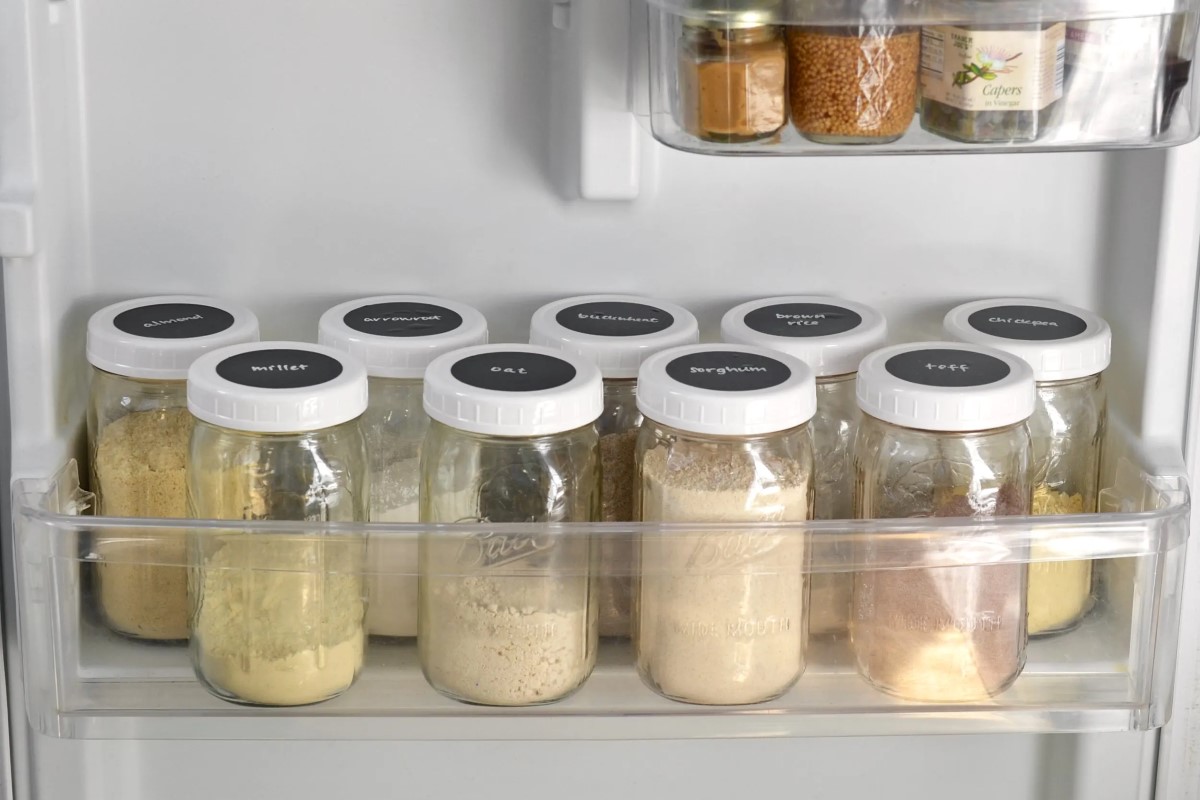
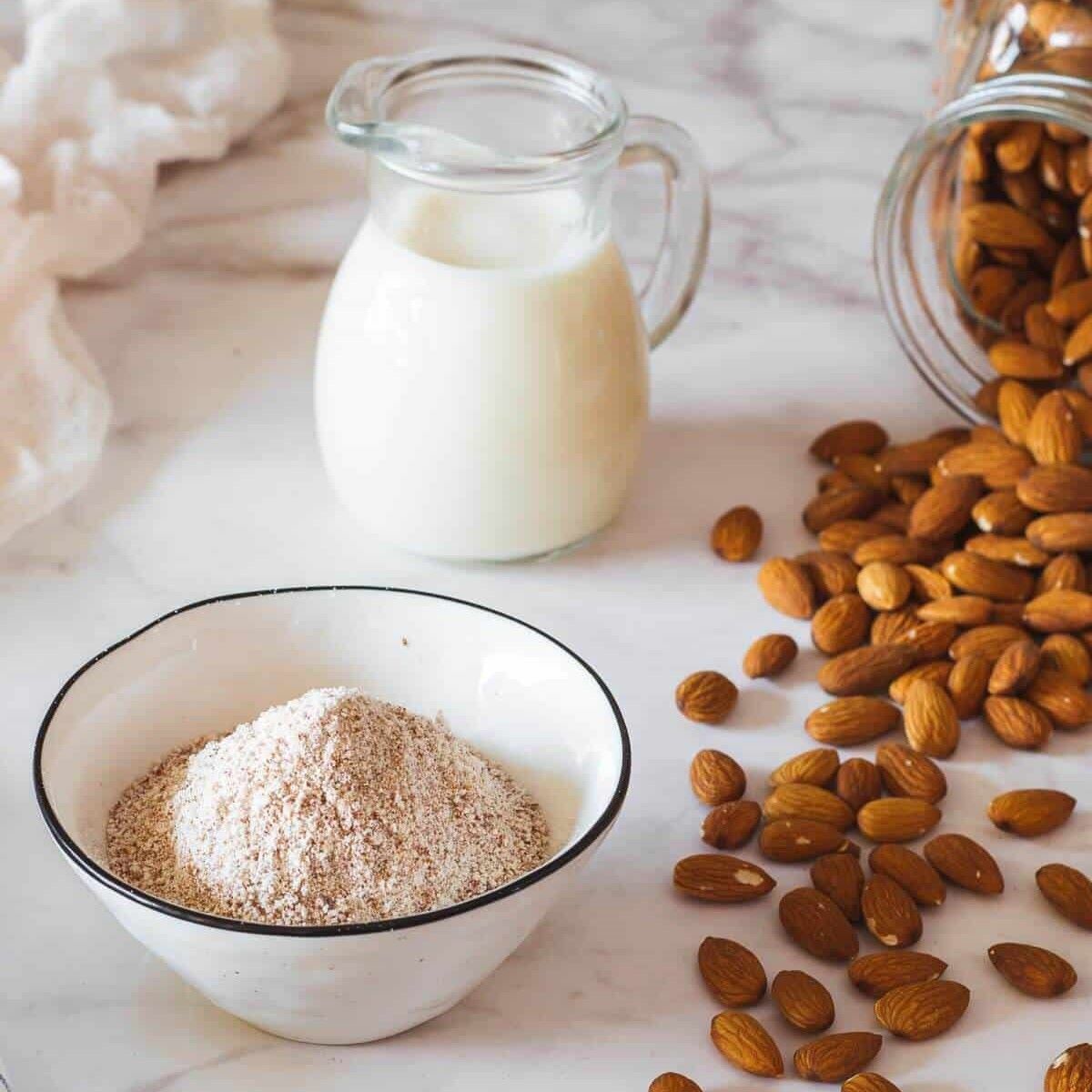




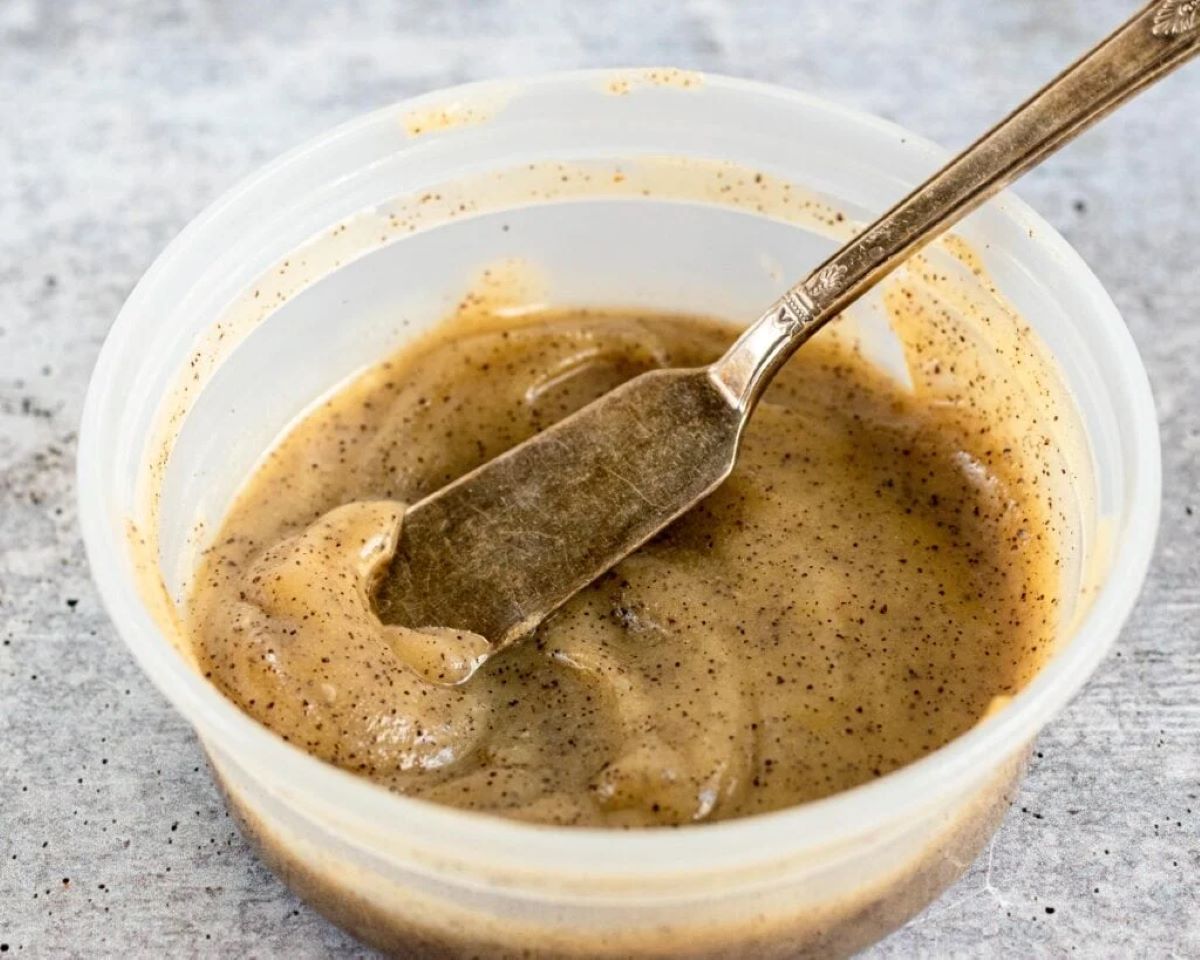


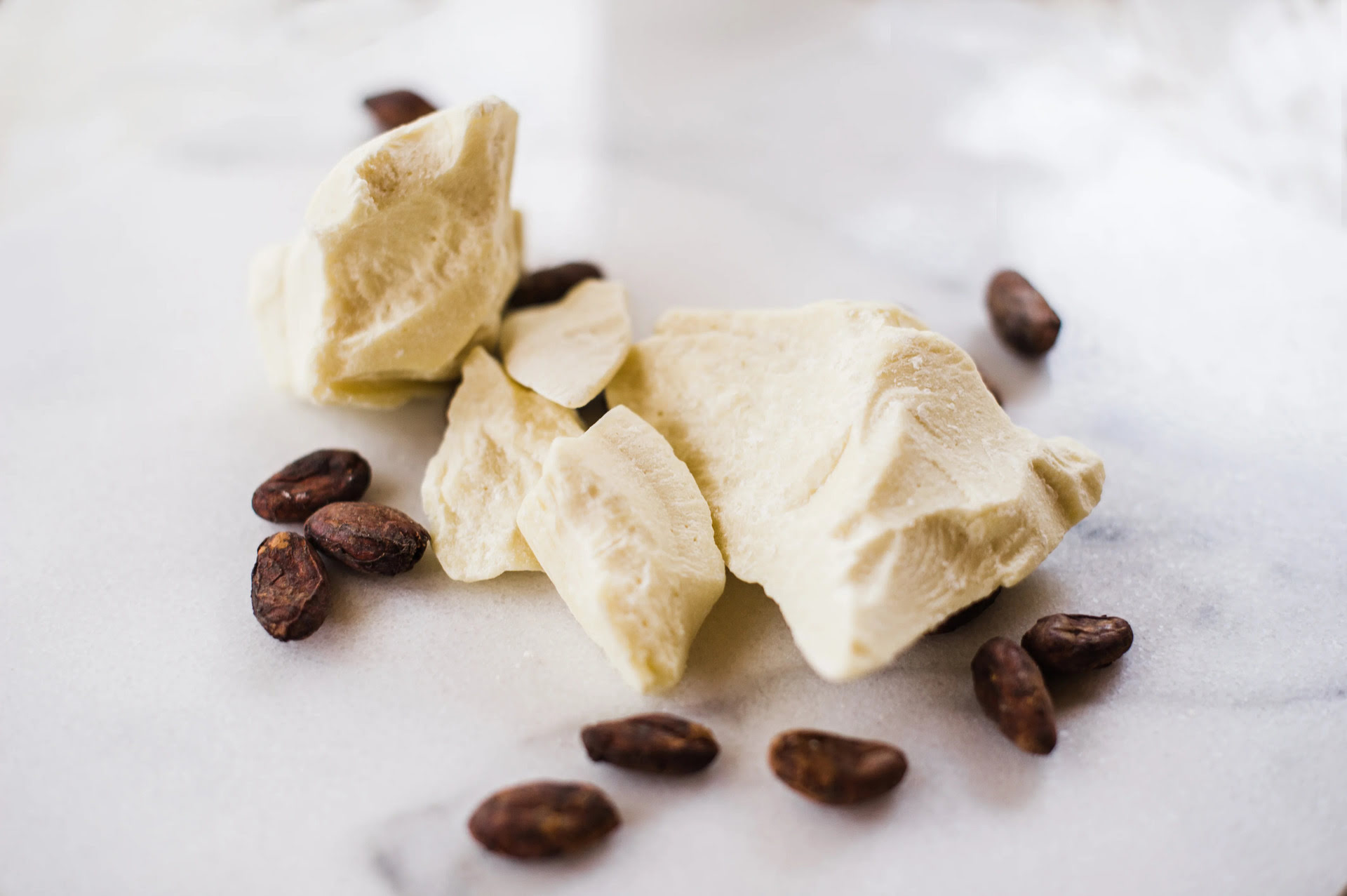
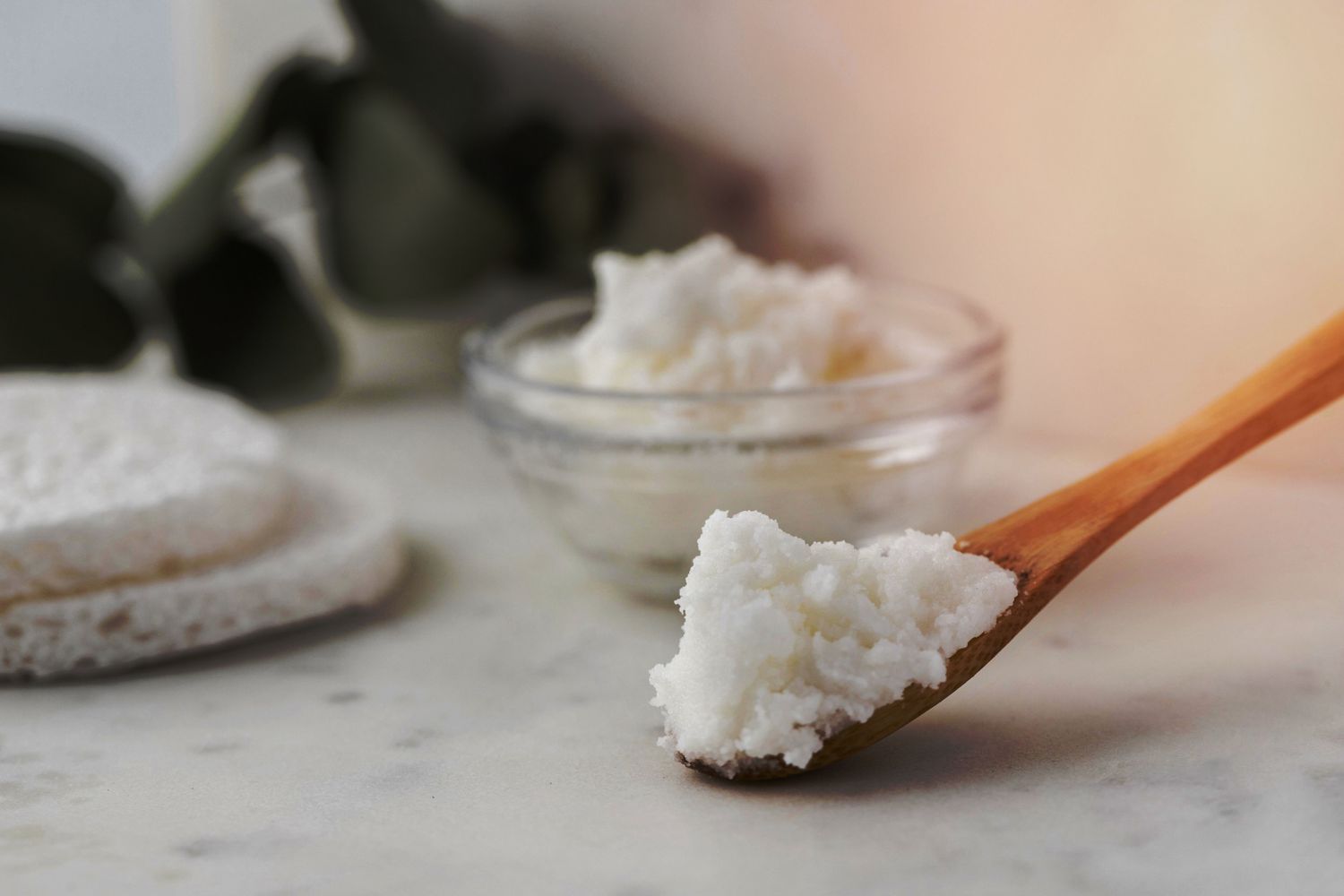


0 thoughts on “How To Store Almond Butter”